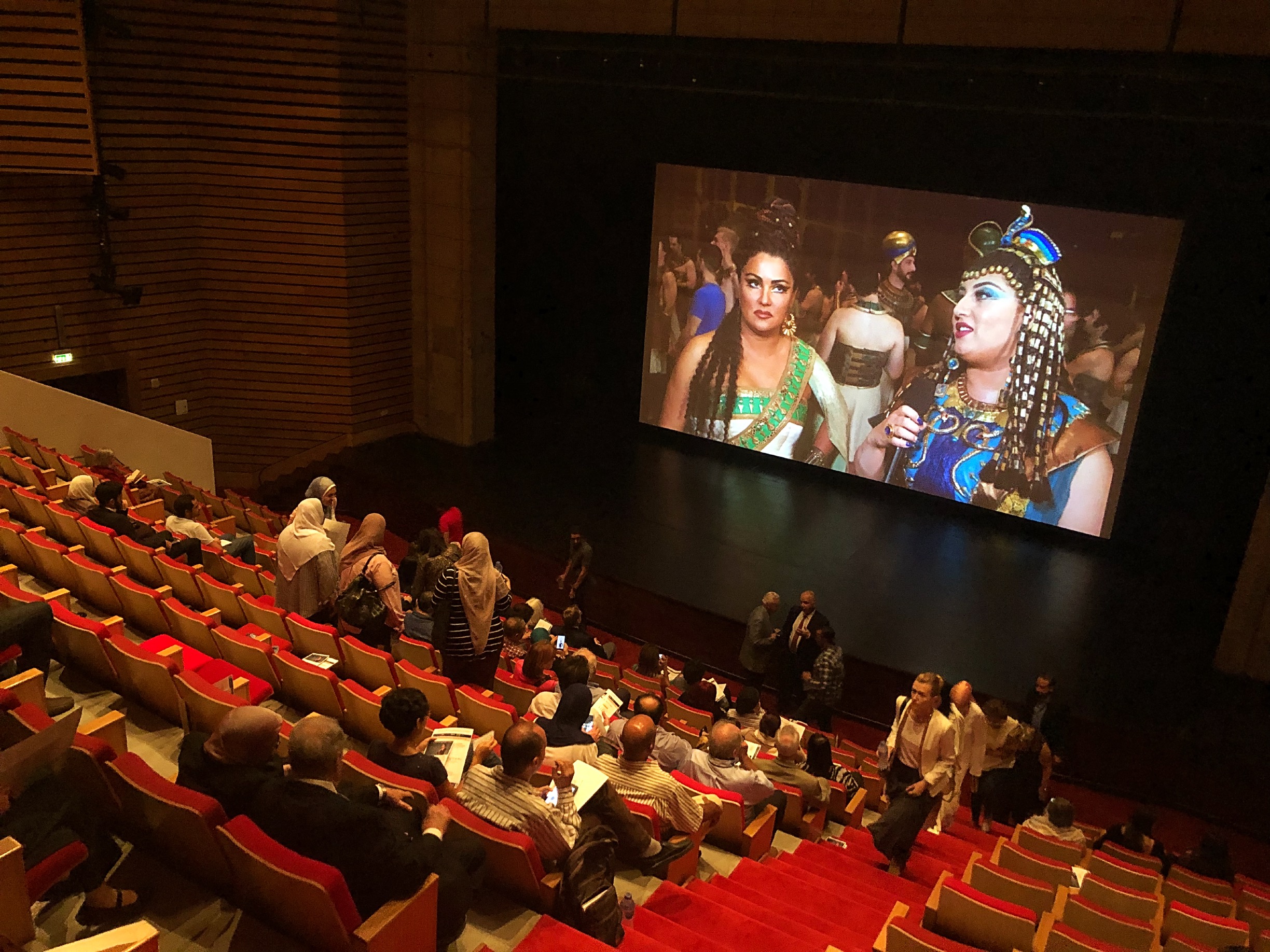Are the Government’s Renewable Energy Targets Practical?
![Egypt's domestic power demands overburdened the national grid and led to running blackouts this past summer [Al Sheikh]](http://www.auccaravan.com/wp-content/uploads/2014/11/Cairo-city-scene-e1415356319544.jpg)
It is no secret that Egypt is facing one of the biggest energy production and consumption problems in recent years.
The population faces daily power cuts as a result of unsustainable domestic consumption and fuel shortages.
In a bid to find innovative solutions, the government has now turned to alternative sources of energy.
According to Ahram Online, the government set a target of generating roughly 20 percent of energy from renewable sources by the year 2020.
A panel, which included AUC faculty, Egyptian officials and renewable energy industry experts, met on Monday October 20 to review the government’s plan.
The government is hoping to achieve its targets by promoting renewable energy production and reducing subsidies on the conventional energy sources.
PROMOTING RENEWABLE ENERGY
According to the new plan, the government will set predefined prices – known as feed-in tariffs – to purchase renewable energy generated by small-scale (individuals and household) and large-scale (industrial) producers.
The government will then redistribute the energy output through a national grid.
This policy has been generally praised, but Physics Professor and Vice-Provost for Research Ehab Abdel-Rahman believes it needs “readjusting”.
He proposes that fast integration to solar energy generation could be achieved by encouraging small-scale producers of renewable energy rather than waiting on the big investors.
Wael El Nashar, Chairman of the solar energy firm Onera Systems, sees merit in this approach.
He believes that reversing the current suggested tariff policy so that small-scale producers recieve the higher payout would be more effective in strengthening the overall renewable energy regimen.
Tarek Selim, professor and chair of AUC’s Economics department, suggested that lowering interest rates for investors in the renewable energy sector could also prove effective in the establishment of a renewable energy market in Egypt.
“This is a very important incentive that could drive the market or actually establish the market because we don’t [currently] have one for renewable energy,” he said.
“There are projects but I think we need to push for establish- ment of a market,” Selim added.
Khaled El Sherbini, chairman of the Middle East Center for Innovation, Research and Applications, echoed Selim’s remarks and added: “You need agility [and transperency] in the sys- tem. You need [it] to move faster.”
Hafez El Salmawy, managing director of the Egyptian Electric Utility and Consumer Protection Regulatory Agency and a representative of the government on the panel, said that this action was taken as a “correction” to the current energy price structure in Egypt and that limited subsidies will continue only for low-income groups.
Price increases in the form of applied taxes is another way that Shadia El Shishini, the Energy Advisor to the Minister of State for the Environment, believes consumers could be encouraged to reduce carbon dioxide emissions.
These emissions have for decades polluted the environment and brought about global warming.
Such a taxation system could in turn shift the industry away from the use of conventional energy and toward the use of renewable energy.
EGYPT’S CURRENT RESOURCES
Some of the panelists voiced concern that the government seemed to be placing its sole focus on the solar and wind industry.
According to the New and Renewable Energy Authority (NREA), the largest established wind farm in the country is currently in Zaafarana, southeast of Cairo.
As for solar power, Egypt is located in the “sunbelt” area of the world meaning that it is blessed with high intensity solar radiation.
It is also endowed with vast des- erts, which are suitable for generating concentrated solar power (CSP).
Selim says that the Aswan High dam is also an important source of hydro-power that can be included.
Members of the panel mentioned thatthegovernmentneedsto“define” what the market share for renewable energy includes and consequently de- fine what the “right energy mix” is.
Selim added that “the right energy mix should change with time and there is no fixed percentage that would be the best for the next 10 to 20 years.
The most important factor to aid in reaching the 2020 target is the “establishment of an Egyptian regulator for the renewable energy sector to regulate the plans, the quality and the pricing of different types of energy resources,” said Hisham Sherif, chief executive of- ficer of the Engineering Tasks Group.



